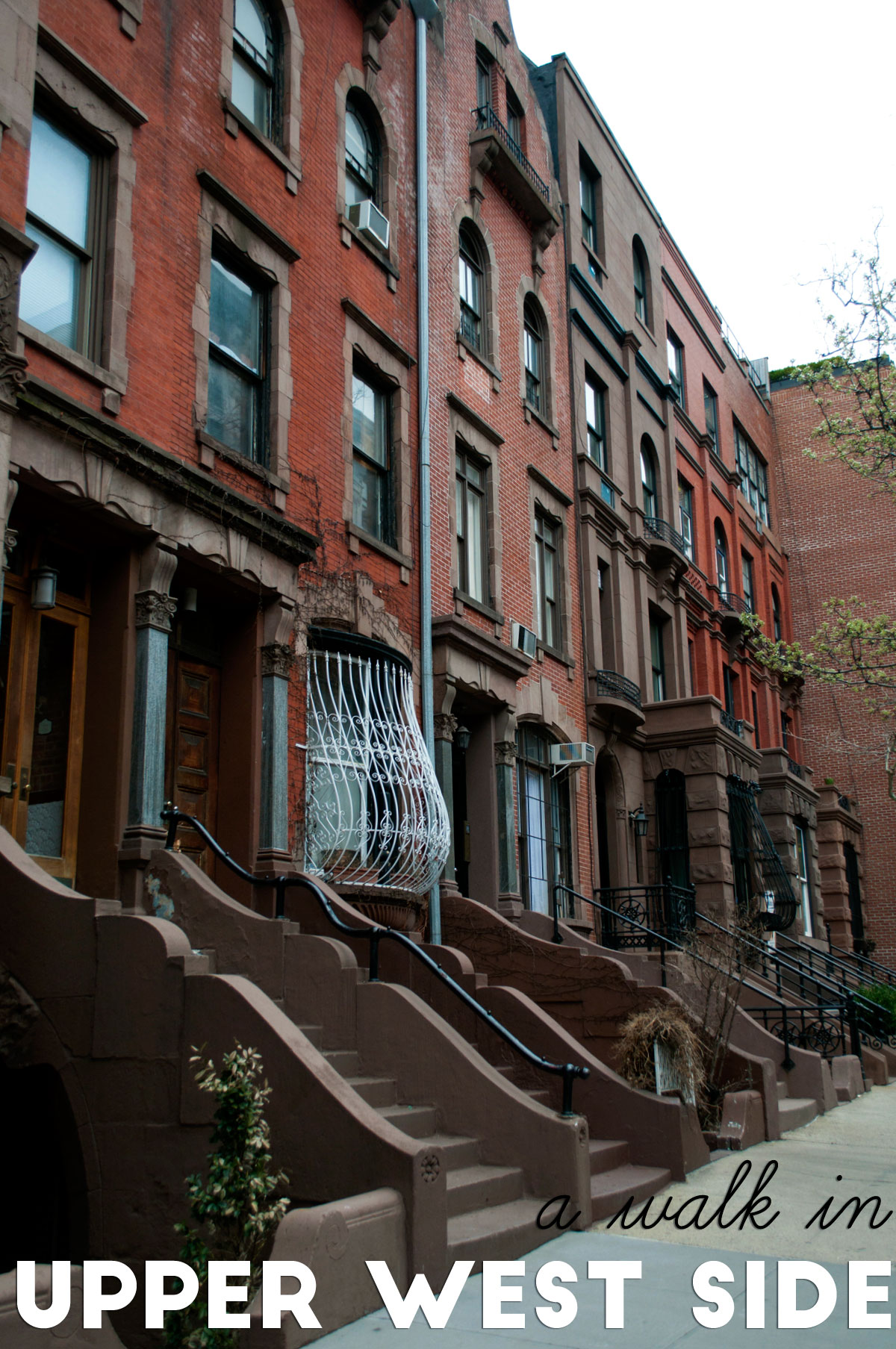

Surviving documents refer to a ‘designer’: ‘Niccolaio’. Infrared reflectography has revealed that at least two artists were involved in the initial drawings for the painting – such a large scale painting was likely to be a collaborative project. The painting has been attributed to Jacopo di Cione on the basis of its style. This recognition and privilege were apt given that the church’s founder was the city’s first bishop. The ritual was sealed when the bishop offered a ring to the convent’s abbess. The altarpiece played an important part in the ecclesiastical life of the city: new bishops of Florence would process to the church on the way back from their ordination at the cathedral, and it served as the backdrop to a ceremony in which the bishop would become symbolically married to the church. At the end of the fourteenth century it was rebuilt, with work completed at around the same time that this altarpiece was installed over the high altar of the choir. San Pier Maggiore was founded by one of Florence’s patron saints, its first bishop, Saint Zenobius, in the fifth century, and became a Benedictine convent in the eleventh century. Many of the saints depicted in the altarpiece relate to the Albizzi family while others have significance for the church. The predella depicted scenes from the life of the church’s patron saint, Peter, and there were probably also two supporting pilasters on either side of the entire construction, decorated with images of saints.Īn important and wealthy Florentine family, the Albizzi, commissioned the altarpiece it is likely that various members contributed towards the cost of its production. Three pinnacles topped the whole construction, the central one showing the Trinity flanked on the left and right by panels showing adoring angels. Above this main tier was another level of pictures, showing scenes from Christ’s life and after his death: the Nativity and Adoration of the Kings, the Resurrection and events after it, Christ’s ascension to heavenand Pentecost. The scene is framed by panels on the left and right which show rows of saints looking on. The central panel shows the coronation of the Virgin by Christ, which occurred, according to legend, after her body and soul were taken up into heaven. This was one of the largest and most expensive altarpieces made in fourteenth-century Florence, for the Benedictine convent church of San Pier Maggiore, one Florence’s most important and oldest churches. This moment is significant for Christ’s followers: it gave them the authority to continue preaching his message to all nations. The artist has shown these men wearing a variety of head coverings, from hoods to crowns to brimmed hats, perhaps to emphasise their diverse and foreign origins. Some look up, their hands raised in wonder, while two figures listen in at the doors, which are slightly ajar. The biblical account mentions that a crowd of Jews visiting the city from Mesopotamia, Egypt and Rome gathered to hear the disciples speaking about God in languages they could understand. His prominence is appropriate given the church’s dedication to Saint Peter. Saint Peter is even holding his symbol, a key, as in the main tier, so that his identity cannot be mistaken.

As in the previous scene Saint Peter and the Virgin Mary are shown in the most prominent positions.
GALLERIED UPPER STOREY WINDOWS
The artist has included the windows on the back wall of the room so that we can see all the way through it, giving an impression of its depth.

The upper part of the panel shows a white dove flying downwards into the room, emitting golden rays – incised into the gold leaf background – from his beak.

We see the disciples sat in a circle in an upstairs room or perhaps a covered walkway, with the Virgin Mary and Saint Peter in the centre. Those around them were amazed – they thought that the disciples must be drunk. The disciples were filled with the Holy Ghost and began to speak miraculously in a number of languages. Christ’s disciples were gathered together to celebrate the Jewish Feast of Weeks when, according to the Bible, a strong wind began to blow and flames like ‘tongues of fire’ appeared on their heads. Pentecost is the name of an event that happened 50 days after the Crucifixion. The central scene showed the coronation of the Virgin. This sequence of six paintings formed the middle tier of a large multi-panelled altarpiece made for the Florentine convent church of San Pier Maggiore.
GALLERIED UPPER STOREY SERIES
This panel was once framed with a scene showing the ascension of Christ into heaven, and is the last in a narrative series focusing on key moments in the life of Christ, including his death, resurrection and ascension.


 0 kommentar(er)
0 kommentar(er)
